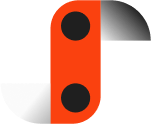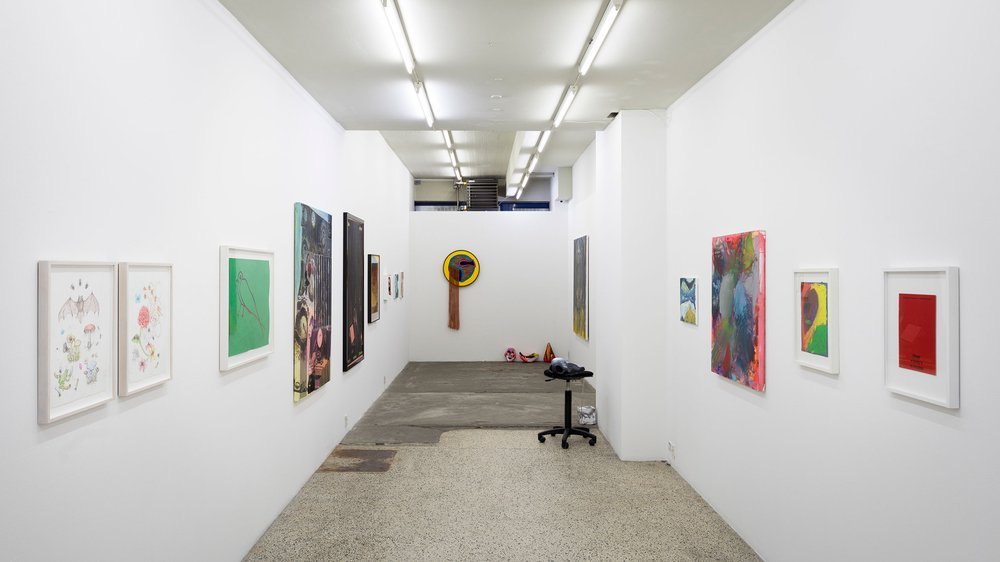Exploring the unorthodox canvases of Juan Miguel Palacios
Web: www.juanmiguelpalacios.com/
Instagram: @juanmiguelpalacioslopez
Juan Miguel Palacio is one of those artists whose work begs you to look a bit deeper, or at least sparks you to take a second glance at something which you might have already defined. The first time that I came in contact with his work was with the piece “Wounds I” (as shown further down), which is part of a collection of work that focuses on exploring the “fatigue and pain that is produced by day-to-day experiences.” (As covered in an article in Lazinc.)
At first glance, I experienced the immediate recognition of a female face, and concluded my gaze with a simple thought of “interesting composition.” It wasn’t until I read the description of the work that I noticed the mention of Drywall as both medium and canvas. It was upon the second inspection that I discovered that part of the pieces’ composition was made up of an actual “hole” in the drywall.
Now granted, this experience was digital, from which I can only assume that a live experience would be a more straightforward experience. Regardless, while 6000km now sits between myself and his work, experiencing Palacios’ work in person is now definitely on the bucket list.
All that said, once I dived deeper into his oeuvre of work, I became increasingly more interested in speaking with Palacios about his specific process of working.
His choices of using unorthodox painting mediums and surfaces, such as human blood, drywall, and vinyl, sparked a curiosity about how he began to explore these mediums, and how he learned to control them.
INTERVIEW
To start with, can you give me a little background about your work and career as an artist?
Talking about my carrier as an artist is like talking about my entire life. I’ve never done anything differently. How did I become obsessed with painting? That is a funny story:
Apparently, I was that kind of hyperactive kid, who kept doing many things at the same time, although one of my favorites was painting. An activity that went with astonishing speed, from paper to table, from table to floor and from floor to wall.
My mother, somewhat tired of the situation, tried to enroll me in a children’s art school. I was 6 years old then, and like the great majority of children at that age, I wanted to go to karate classes instead.
My mother, after some time trying and seeing that I did not accept her offer, she decided to lie me. So, one afternoon she told me: “It’s okay, let’s go to karate classes.” I still can remember that as we were walking down the street, I was playing “karate kid” and when we finally arrived, it was at a painting school! Although tremendously disappointed by my mother’s lie, I remember seeing all the painting’s utensils, the easels, the canvases and I was so amazed that I decided to give it a try.
The following day was “carnival party” at the studio, and my mother dressed me up in one of my sister’s costume of red riding hood, hahaha, after that, I never wanted to do anything different.
From those days, I began to paint in different Art schools and with various Professors, although one of them would definitively mark my career as an artist.
Since I was 12 years old until college, I joined the Amadeo Roca Gisbert studio, a disciple of Joaquin Sorolla, heir of the deepest “costumbrismo Español.” This classical training marked, without a doubt, the body of my work. After college, until now I’ve been developing my career as an artist and my work has been changing quite a bit.
In 2012 I moved to New York, which further shaped the evolution of my work.
Your work in known for its presentation on unorthodox canvases (drywall, vinyl, etc.). Can you tell me about that?
I’m very drawn to new materials. I think it’s important to adapt the materials to the idea you are working on. Each artist has their own language, that is the way that you communicate your ideas – even though you might not be interested in communicating anything. So I think it’s very important to develop these elements that configure your language.
I’ve always been interested in something more physical than paint. More three-dimensional, in a way. Around ten years ago, trying to find a greater depth in my paintings I started working with several layers of transparent resins. The way of classic glazes but much more physical. This way to approach the 3D was interesting but too static, since all the layers were merged, I was not able to modify it.
From there, I started working with the same concept but with independent layers. This is how I started working with glass and plexiglass, but for the large pieces, these materials were so heavy, so researching similar materials I found this clear vinyl that is fantastic to me.
For the “assaults” series I was working the vinyl stapled to the walls of the studio.
At that time I was trying to do the same kind of aggression that I wanted to communicate, in the painting itself. So once I painted vinyl, I tried to attack it by throwing paint thinner and scratching it. As the vinyl was transparent, what remained intact was the wall. So that’s how I began to attack the wall and work with drywall.
Does the subject matter for your different series come from an overall conceptual idea, or is it more a reflection of what interests you at the time?
I think it’s a bit of both. Normally artists have certain preferred and constant themes, which in a certain way, are predetermined by the language, that they normally modify and model over time with their life experiences.
In my case, for example, as a figurative artist, the human being is very present in my work, but the way to approach and represent it varies according to the experiences and reflections of the moment.
You describe your work as having “ a constant wandering about the individual’s identity and its relationship with the environment.” Can you elaborate on this?
Well actually, I think that my reflections always go around the behavior of the individual or the collective – in relation to their social or political-cultural environment. The rest, I could say, is that they are like data that feeds my knowledge. In speaking about this, many artists are working on data and social media networks. In my case, my reflections would never go around the data itself, but rather how it would influence us or our behavior.
Can you take me through the process of how you work?
As I mentioned before, I always come up with a new body of work as a result of the development of a previous idea. Working on this idea, something new always emerges.
For example, in the case of the series “Wounds”, I work the drywall and the vinyl separately. I’m interested in the idea of working on two different processes and then merging them.
Somehow I want the shape of the broken to be integrated into the vinyl paint, but I do not want it to continue with a precise shape.
Once breaking and burning the drywall, and after a process of fixing for its conservation, I stretch the vinyl on it.
Have you been exploring any other particular mediums or canvases for future work?
I am currently working on a new project with women who have suffered types of abuse, in which their portraits are made with their own blood donated by themselves. In this case, the surfaces that I’m working on are broken mirrors and cement.
How was the experience with painting with real human blood? Did you use a specific technique to preserve it as a medium?
Well, I’m in the very beginning so I’m still testing it. It gets dry so fast that makes me work so fast too.
To preserve it I’m using a clear casting resin in a spray.
But in this new project, the most remarkable thing at the moment is the whole research process and the relationship with the models.
Tell me about where people might be able to see your work?
Well, something really interesting is happening these days, but I don’t want to say anything yet. In the mind time, at Booth Gallery in New York, Modus art gallery in Paris, Ransom Art gallery in London, and obviously in my studio in Brooklyn.










